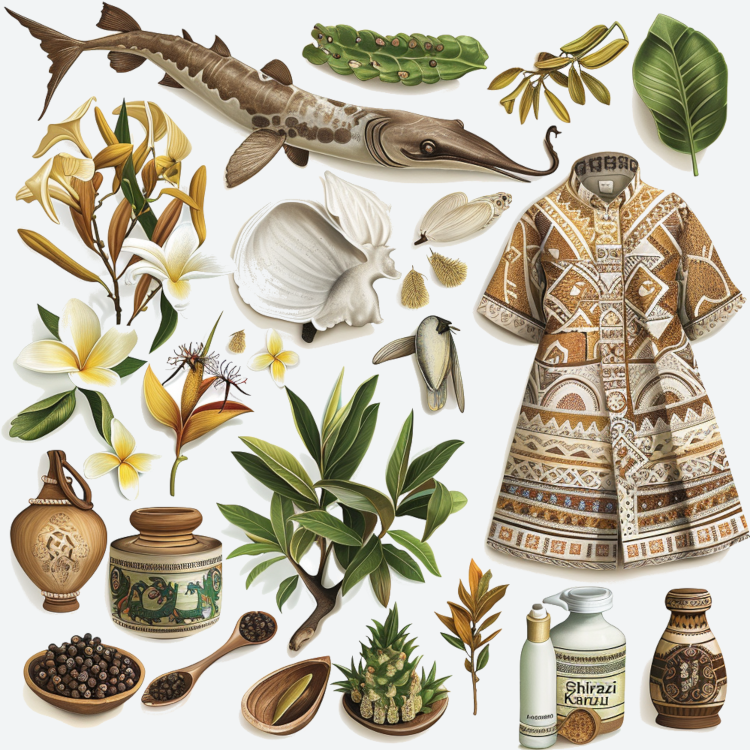About KM

Location
Comoros is an island nation located in the Indian Ocean, off the eastern coast of Africa. It is situated between Mozambique and Madagascar.
Capital
The capital city of Comoros is Moroni, located on the island of Grande Comore (Ngazidja).
Population
As of the latest estimates, Comoros has a population of approximately 869,601 people.
Area
The country covers a total land area of about 2,235 square kilometers (863 square miles), spread across several islands.
Official Languages
The official languages of Comoros are Comorian, French, and Arabic.
Government
Comoros is a federal presidential republic. The President of Comoros serves as both the head of state and the head of government. The government is composed of three islands, each with its president, but the federal government is dominant.
Independence
Comoros gained independence from France on July 6, 1975.
Currency
The currency of Comoros is the Comorian franc (KMF).
Economy
Comoros' economy is primarily based on agriculture, fishing, and the cultivation of spices such as vanilla and cloves. The country also relies heavily on remittances from Comorians living abroad. Tourism has the potential to contribute to the economy, although it remains relatively underdeveloped.
Culture
Comorian culture is influenced by African, Arab, and French traditions. Islam is the predominant religion, and Comorians adhere to Sunni Islam. The culture is characterized by traditional music, dance, and cuisine.
Geography
Comoros consists of three main islands: Grande Comore (Ngazidja), Mohéli (Mwali), and Anjouan (Nzwani), as well as numerous smaller islands. The islands are of volcanic origin and are known for their lush vegetation and beautiful beaches.
Environment
Comoros is known for its rich biodiversity, including a variety of plant and animal species. The islands are home to several endemic species of plants and birds. However, deforestation and habitat destruction pose significant threats to the environment.
Political Stability
Comoros has experienced periods of political instability, including coups and separatist movements. However, efforts have been made to improve political stability and strengthen democratic institutions in recent years.

National Items of Comoros
Coelacanth
The Coelacanth (Latimeria chalumnae) is an ancient fish that was once thought to be extinct and was rediscovered in the waters around the Comoros. It symbolizes the country's rich marine biodiversity and scientific significance.
Ylang-Ylang
Ylang-Ylang (Cananga odorata) is a significant crop in Comoros, known for its fragrant flowers used in the perfume industry. It symbolizes the agricultural heritage and economic importance of this crop to the islands.
Comorian Embroidery
Traditional Comorian embroidery, often seen on garments like the "Shirazi" dress, symbolizes the rich artisanal heritage and cultural identity of the Comorian people.
Vanilla
Vanilla is a major export product of Comoros. It symbolizes the agricultural heritage and economic significance of vanilla cultivation in the country.
Clove
Cloves are another important agricultural product of Comoros. They symbolize the agricultural diversity and the economic importance of spice production.
Dhows
Traditional Dhows are sailing vessels used in the Comoros. They symbolize the maritime heritage, fishing traditions, and nautical skills of the Comorian people.
Comorian Traditional Dress
Traditional Comorian dress, such as the "Shirazi" for women and "Kanzu" for men, symbolizes cultural heritage, identity, and traditional fashion.
Baobab Tree
The Baobab Tree (Adansonia) is significant in Comoros for its ecological and cultural value. It symbolizes longevity, strength, and the natural beauty of the islands.
Bara
Bara is a traditional dance in Comoros, often performed during celebrations and ceremonies. It symbolizes cultural heritage, artistic expression, and social traditions.
Green Turtle
The Green Turtle (Chelonia mydas) is a significant marine species found in Comoros. It symbolizes the rich marine biodiversity and the country's commitment to conservation.
Comorian Cuisine
Comorian cuisine, with dishes such as Langouste à la Vanille (lobster with vanilla sauce) and Mkatra foutra (fried bread), symbolizes the rich culinary heritage and the blend of African, Arab, and French influences.
Karthala Volcano
Karthala Volcano, an active volcano on Grande Comore island, symbolizes the natural beauty, geological significance, and dynamic landscape of Comoros.
Comorian Francolin
The Comorian Francolin (Francolinus sephaena), a bird species native to the islands, symbolizes the rich biodiversity and natural beauty of Comoros.
Perfume Industry
The perfume industry, particularly centered around Ylang-Ylang production, symbolizes the economic significance and the cultural heritage of aromatic plants in Comoros.
Lagoon of Moheli
The Lagoon of Moheli is a significant natural feature, symbolizing the rich marine biodiversity, natural beauty, and the importance of conservation efforts in Comoros.

This anthem celebrates the unity and diversity of the islands of Comoros, emphasizing the shared heritage and values of its people regardless of religious differences.
The national anthem of Comoros is called "Udzima wa ya Masiwa" in Comorian, which translates to "The Unity of the Great Islands" in English. Here are the lyrics in Comorian along with an English translation:
Udzima wa ya Masiwa,
Udzima wa ya Masiwa,
Mwendje wa Komori, mwendje wa Komori,
Uruvana wa ma Ngazidja, Uruvana wa ma Ndzuwani,
Na Mwali moyaé.
Wa Ahamada na wa Chamsiddine,
Masiwani hakama ya dini,
Udzima wa ya Masiwa,
Hakama ya dini.
The unity of the great islands,
The unity of the great islands,
We Comorians, we Comorians,
May Ngazidja's unity, may Ndzuwani's unity,
And Mwali's always triumphs.
From Ahamada to Chamsiddine,
Religion has never divided the islands,
The unity of the great islands,
Religion has never divided the islands.


